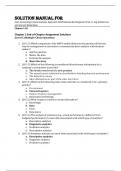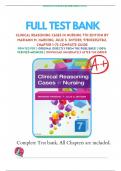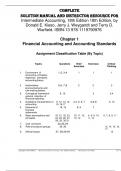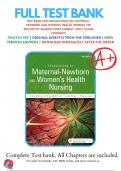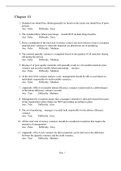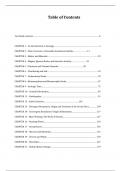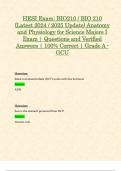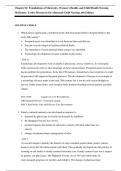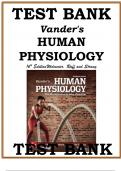Examen
Solution Maunal For Cost Accounting A Data Analytics Approach 2024 Release By Margaret Christ, D. Kip Holderness and Vernon Richardson Chapter 1-10
- Cours
- Établissement
- Book
Solution Maunal For Cost Accounting A Data Analytics Approach 2024 Release By Margaret Christ, D. Kip Holderness and Vernon Richardson Chapter 1-10
[Montrer plus]
